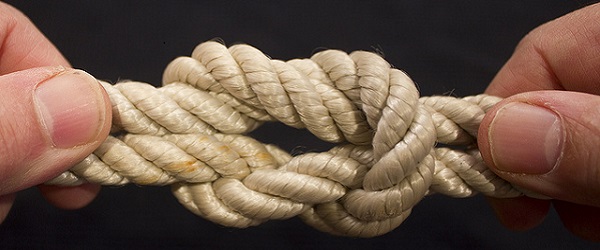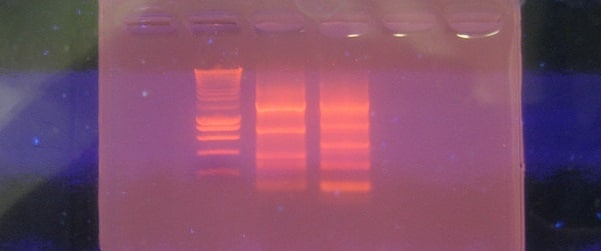DEPC. IF you work with RNA, you’ll know this stuff. It’s vital for ridding solutions of RNases that would otherwise destroy your samples or probes. But just how well do you know it?
An important way of learning techniques, especially when starting out on a career in the lab, is by word of mouth from a more senior colleague. The downside of this approach is that the wisdom passed down from generation to generation is often taken as the whole truth; the original literature is not consulted and sometimes there is no literature at all, only know-how.
This lack of reference to the original concepts undoubtedly leads to the generation of myths, which grow arms and legs as the years go by. RNA techniques are particularly prone to this because, working with such delicate molecules, people tend to add a bit more paranoia-fuelled tweaks/rituals/voodoo charms to their protocols.
One of the things we love to do here on Bitesize Bio is to strip away those myths and give our readers the facts about commonly used techniques. We’ve talked about RNase work before (here and here), but the guys at Ambion also publish a good amount of documentation on facts and tips for RNA work.
One of these is a really nice article about the truths and myths behind DEPC treatment for RNase contamination. In it they test and report on 6 commonly held beliefs about DEPC treatment… here’s a summary of what they found:
FALSE: RNases re-nature after denaturation by autoclaving, so autoclaving is no good for RNase decontamination.
Tests on RNase A before and after autoclaving showed that most of it’s activity was wiped out by autoclaving, so maybe RNases aren’t so invincible after all. That said, some RNase activity remained, so while not invincible RNase are certainly hardy.
TRUE: Autoclaving inactivates DEPC
Well thank goodness – DEPC is indeed inactivated by autoclaving. The mechanism is hydrolysis of DEPC to produce ethanol and water. 0.1% DEPC/water solutions should be completely DEPC-free after autoclaving for 15 minutes/ litre.
FALSE: DEPC solutions should be odor-free after autoclaving
The solution will still smell of ethanol, but also sweet-smelling volatile esters formed by the reaction of ethanol with trace carboxylic acids.
TRUE: Tris-containing solutions cannot be treated with DEPC
The amino group on tris interacts with DEPC, making it unable to do it’s job of decontaminating the solution.
FALSE: 0.1% DEPC is sufficient to inhibit any amount of RNase in solution.
DEPC is not catalytic so the amount of DEPC required for full RNase removal increases with the concentration of RNase, as shown by a neat experiment in the report.
TRUE: 1% DEPC is better at removing RNase than 0.1%
It is certainly true but higher DEPC concentrations mean that there is likely to be more left-over DEPC/DEPC by-products after autoclaving, and these can inhibit downstream applications. The report documents that the efficiency of an in vitro transcription reaction decreases with as the DEPC concentrations used to treat the water are increased.






